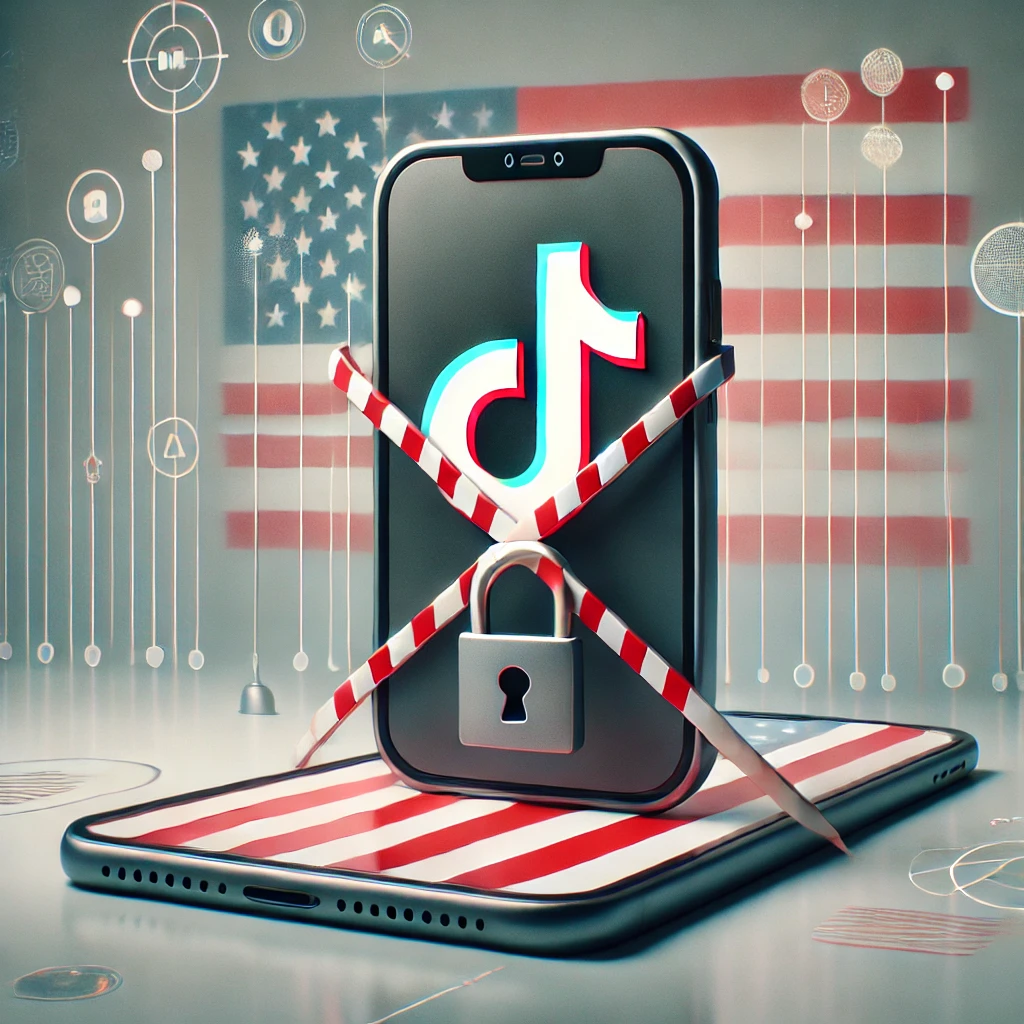US TikTok Shutdown: What Now and Will It Be Fixed?

Let me tell you something unprecedented – 170 million Americans just lost access to one of the world’s most popular social media platforms! As someone who’s been following tech policy and digital privacy issues, I’ve watched the TikTok situation evolve from initial security concerns to this historic ban. Whether you’re a content creator affected by the shutdown or simply interested in understanding its implications, this guide will help you grasp this pivotal moment in digital history.
What is the TikTok Ban?
At its core, the TikTok ban is a legislative action that required ByteDance, TikTok’s Chinese parent company, to either sell its stake in the platform or cease operations in the United States. Think of it as a digital embargo – a measure taken to protect national security by restricting access to a platform deemed potentially harmful to American interests. The ban isn’t just about shutting down a popular app; it represents a fundamental shift in how America approaches foreign-owned technology platforms, especially those with connections to nations considered strategic competitors.
Understanding the Security Concerns
The security implications behind the ban are multifaceted and complex. The primary concerns revolve around data collection and potential surveillance capabilities. TikTok, like many social media platforms, collects vast amounts of user data, but its Chinese ownership raises unique security considerations. These concerns include extensive data collection capabilities, potential for surveillance and monitoring, access to personal information and behavior patterns, possible content manipulation and influence operations, and integration with Chinese intelligence requirements.
Impact on Different Stakeholders
Users and Communities
The ban’s immediate effect on users includes loss of access to the platform, disconnection from global TikTok communities, the need to migrate content to other platforms, and significant changes in social media consumption habits.
Content Creators and Influencers
Content creators face perhaps the most significant challenges, including disruption of income streams, loss of established audiences, the need to diversify platform presence, and adaptation to alternative platforms.
Business Impact
Businesses must now adjust marketing strategies, find new advertising channels, develop alternative social media strategies, and reassess their influencer partnerships in light of the ban.
Legal and Political Framework
The political and legal landscape surrounding the ban is complex. The Supreme Court’s unanimous decision upheld the law’s constitutionality while carefully balancing national security concerns with First Amendment considerations. This creates an important precedent for future technology regulation.
Practical Considerations and Alternatives
Platform Migration
Users should backup their content as platform access becomes restricted, with TikTok providing tools for data download and content preservation.
Alternative Platforms
While platforms like Instagram Reels and YouTube Shorts have emerged to fill the void, the transition presents both challenges and opportunities.
VPN Considerations
Though VPN access remains technically possible, it raises legal and security concerns that users should carefully consider.
Future Implications and Trends
The situation remains fluid, with potential for changes under new administration policies or if ByteDance agrees to sell its stake. The ban has accelerated competition in short-form video content and raised significant questions about:
- Platform ownership and data security
- International digital governance
- Content creator economics
- Social media platform regulation
Best Practices for Affected Users
1. Backup all content immediately
2. Diversify platform presence
3. Build platform-independent audience connections
4. Stay informed about policy developments
5. Understand data privacy implications
Looking Ahead: The Future of Social Media
The TikTok ban represents more than just the shutdown of a popular app – it marks a turning point in digital governance and international technology relations. As we navigate this new landscape, understanding the complexities and implications of such decisions becomes crucial for users, creators, and businesses alike.
Conclusion
The future of social media will likely see increased scrutiny of platform ownership, data handling practices, and national security implications. This ban may well serve as a template for how nations approach digital sovereignty and technology regulation in an increasingly connected yet complex world.
Remember that while platforms may come and go, the fundamental principles of data privacy, security, and responsible technology use remain constant. Stay informed, adapt to changes, and maintain awareness of how your digital activities might impact your privacy and security in an ever-evolving technological landscape.
You may also want to know about XRP, Blaize Launches AI Chip IPO, How to Spot Phishing Scams in 2025’s Digital World
Frequently Asked Questions (FAQ)
1. What happens to my TikTok account and content?
Your account data still exists, but you won’t be able to access it in the US. Use TikTok’s data download tool in Settings > Account > Download Your Data to backup all your content before access is restricted.
2. What are the best alternatives to TikTok?
Instagram Reels, YouTube Shorts, and Snapchat Spotlight offer similar short-form video features and have large, established user bases. Each platform has its own monetization options and creator tools.
3. Can I use a VPN to access TikTok?
While technically possible, using a VPN to bypass the ban may violate terms of service and legal regulations. It’s recommended to explore legal alternatives instead.
4. Will the ban be permanent?
The situation remains fluid and depends on several factors, including ByteDance’s decision to sell TikTok, potential legal challenges, and future policy changes. Keep following official announcements for updates.
5. I’m a content creator – what should I do about my income?
Immediately start diversifying to other platforms, transfer your audience to other social media, and renegotiate brand deals for alternative platforms. Document all pending payments and contracts with TikTok.
